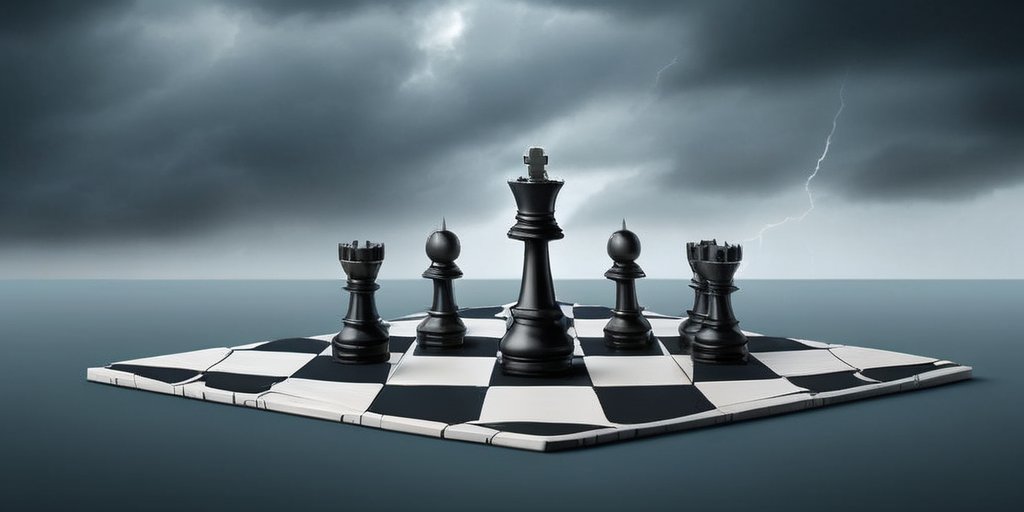In a recent statement, US President Donald Trump asserted that he believes Russian President Vladimir Putin wants peace in Ukraine. However, this assertion is met with skepticism from Ukraine and its European allies, who contend that Putin’s actions contradict any claims of seeking peace. The Russian leader’s reluctance to endorse a peace accord solidifies the suspicion surrounding his goals in the region.
### The True Intentions Behind Putin’s Peace Talk
Putin has demonstrated historically that he desires a different global order, primarily focused on ensuring Ukraine’s absence as an independent state and advocating for a reduced NATO presence reminiscent of the Cold War. Kristine Berzina from the German Marshall Fund elaborated that Putin’s ambitions extend beyond mere territorial control; he aims to revise the world’s geopolitical landscape to favor Russia.
Under Trump’s administration, a significant policy shift took place, influencing the trajectory of US-Russian relations. Trump’s objective is clear: to expedite an end to the ongoing war, even if it necessitates conceding territory to Russia. As analysts point out, this perspective allows Putin to manipulate the situation to his advantage, claiming that he possesses leverage in the ongoing conflict.
### Immediate Gains with Long-Term Focus
Trump’s belief that “Russia holds all the cards” in the conflict is contested by experts who note that despite some advancements, the Russian military remains stalled in many areas of Ukraine. Mark Galeotti, a noted Russia analyst, emphasizes that while both sides have sustained losses, Ukraine’s position deteriorates more quickly.
The Kremlin’s long-term vision remains fixated on eradicating what they term the “root causes” of the conflict, focusing on undermining Ukraine’s sovereignty and President Volodymyr Zelensky’s legitimacy. Putin’s clandestine strategy includes destabilizing Ukraine not through force but via subversive methods, potentially aiming to inflate discord through electoral manipulation in the wake of a proposed ceasefire.
This notion gained traction when Trump labeled Zelensky as a “dictator without elections” while Russia simultaneously questioned the legitimacy of Ukrainian governance under martial law. Such rhetoric aligns with Putin’s objective of installing a favorable, pro-Moscow regime in Kyiv.
### European Allies Remain Skeptical
Despite Trump’s optimism, European allies echo distrust towards Russia’s promises. According to Berzina, the broader sentiment in Europe rejects the notion that Putin would cease hostilities upon Ukraine’s recognition of neutrality. The overarching sentiment is clear: many view Putin as fundamentally untrustworthy.
Furthermore, the interpretation of history by Putin, which insists on Ukraine’s lack of legitimacy as a separate entity, aims to reconnect with Russia’s historical identity and religious roots while expressing a desire for greater influence in global affairs.
### Conclusion: The Complex Intersection of Trump, Putin, and Ukraine
Trump’s view of Ukraine as a “vassal state” aligns with his broader belief in national interests dictated by bargaining dynamics among powerful nations. As geopolitical chess plays out, the interactions between Trump, Putin, and Ukraine remain fraught with complexity, revealing motivations that could reshape the European security landscape. The unfolding situation necessitates vigilance as the motives of each player in this tense triad remain fluid, often obscured by the rhetoric surrounding peace talks.
In summary, while Trump promotes a narrative of potential peace, the lurking ambitions of Putin could steer outcomes towards a more tumultuous path, revealing the intricacies of an old conflict with new, dangerous dimensions.
